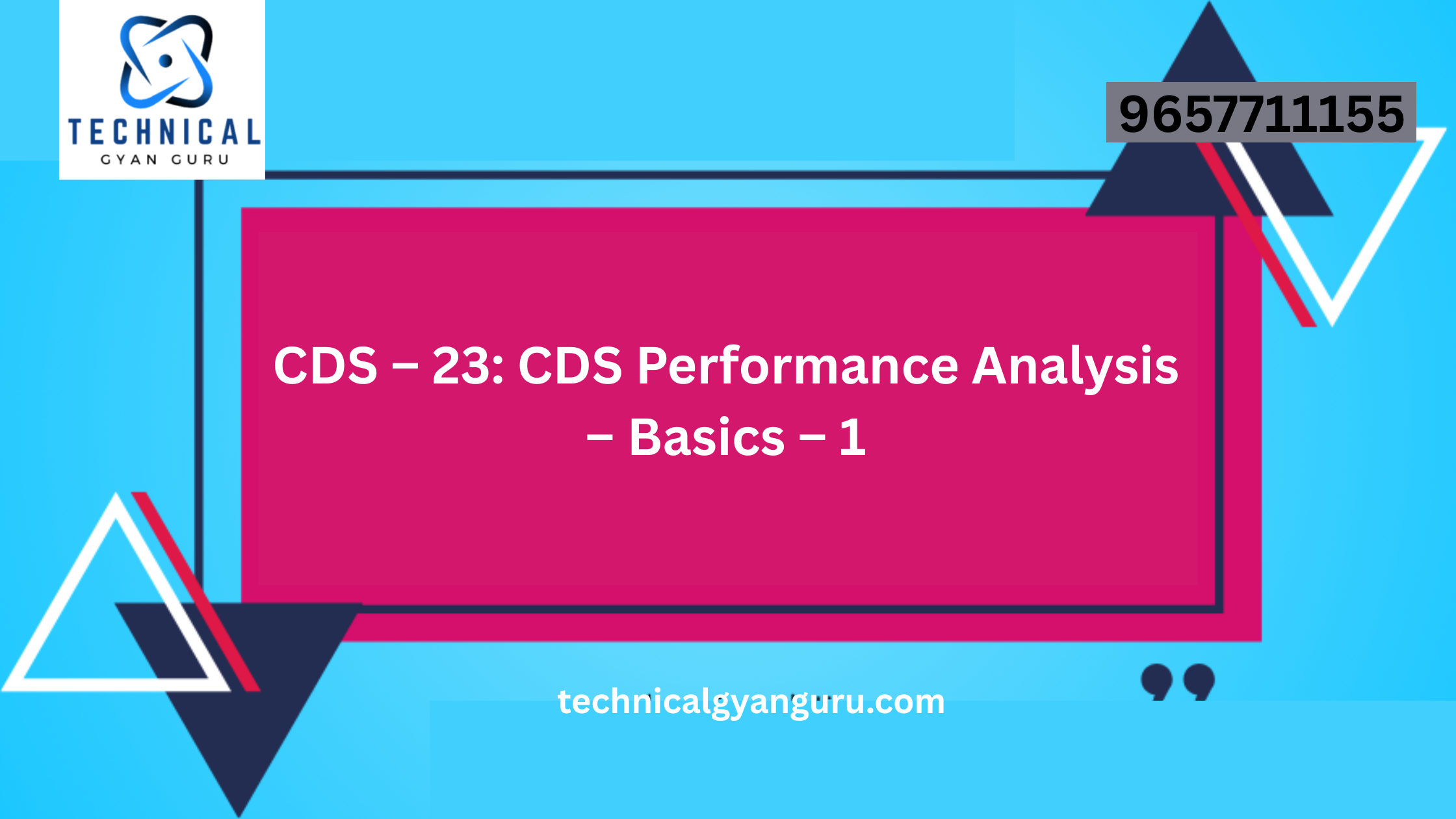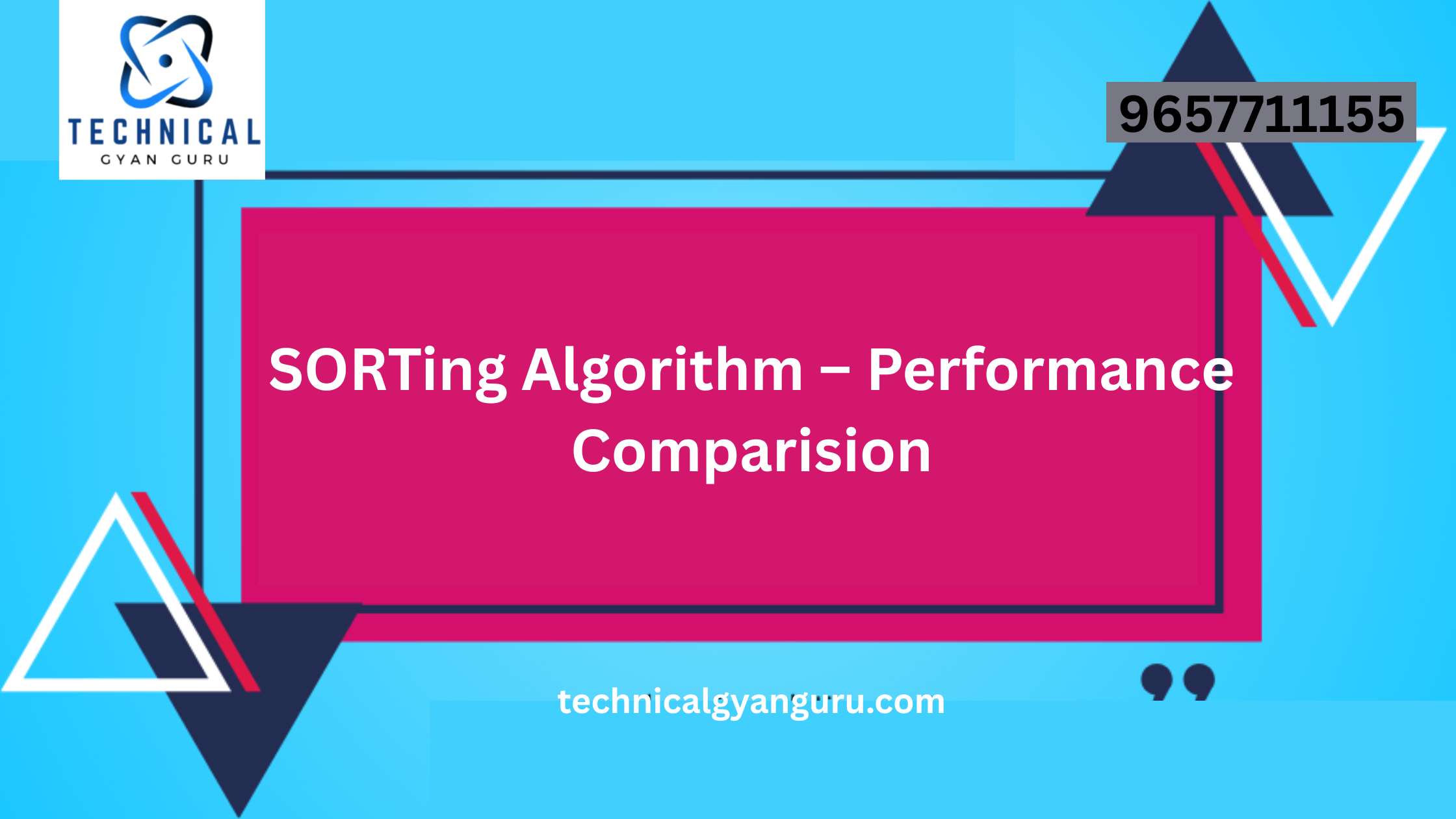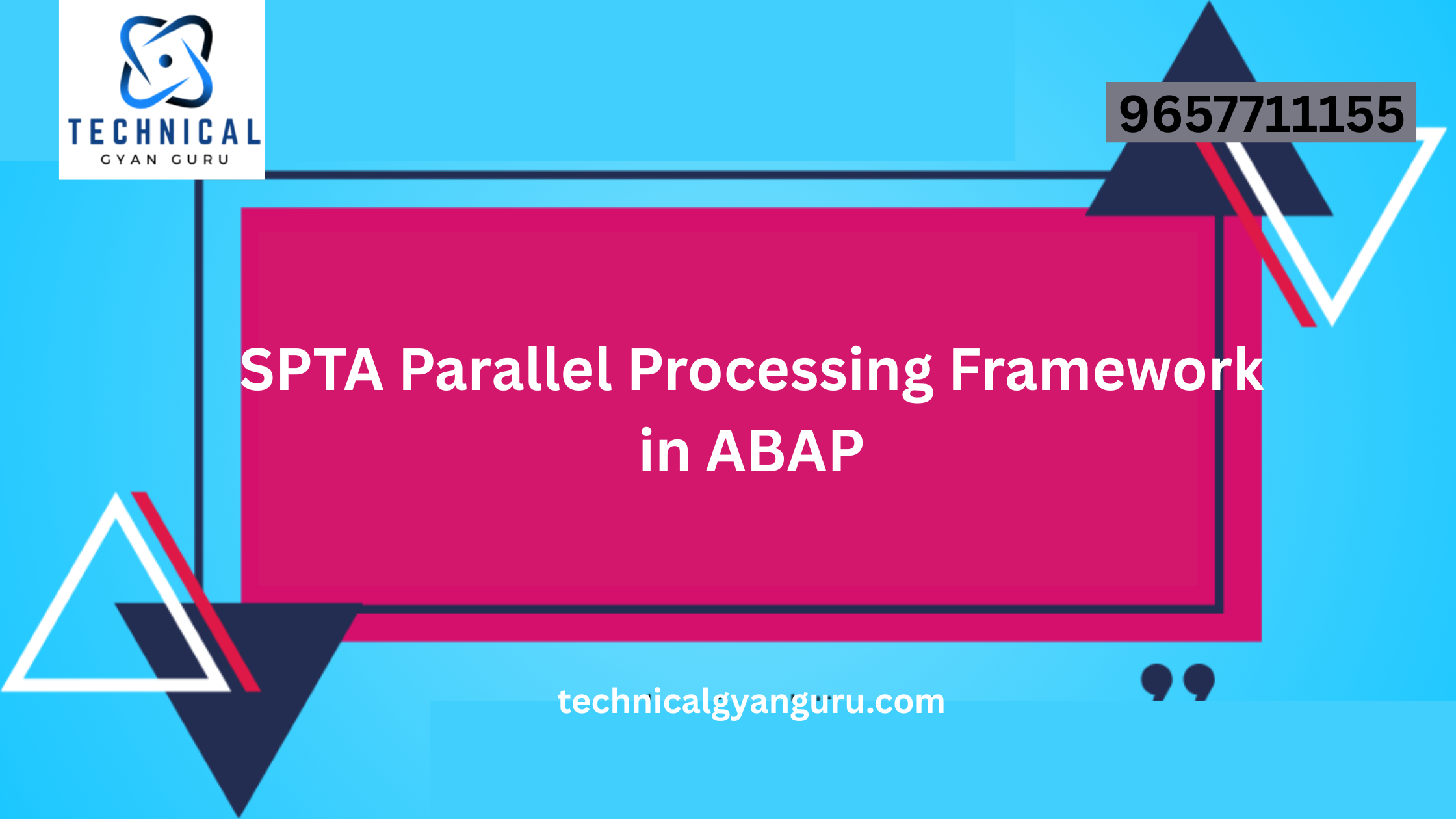Introduction: User experiences are at the heart of modern application development. SAPUI5, a comprehensive framework for building responsive and user-friendly web applications, incorporates a variety of design patterns to guide developers in creating intuitive and consistent user interfaces. In this blog, we’ll delve into the world of SAP UI5 design patterns, exploring their significance, types, and how they contribute to elevating user experiences.
SAP UI5 Design Patterns: Creating Coherent Experiences
SAPUI5 design patterns provide reusable solutions to common user interface challenges. These patterns not only enhance consistency across applications but also empower developers to build user-friendly and efficient interfaces.
Types of SAP UI5 Design Patterns:
- MVC Design Pattern: The Model-View-Controller (MVC) pattern separates an application into three components: Model (data and logic), View (user interface), and Controller (handles user interactions). MVC ensures a clear separation of concerns, making applications more maintainable and scalable.
- Master-Detail Pattern: This pattern is ideal for displaying lists of items (master) and their detailed information (detail) in separate panels. It is commonly used in scenarios such as displaying a list of products and their details.
- Facet Filter Pattern: Facet filters provide an intuitive way to narrow down large datasets by allowing users to filter data based on different criteria. This pattern enhances the user experience by making data exploration more manageable.
- Responsive Table Pattern: Responsive tables adapt to different screen sizes by displaying only essential columns on smaller screens while revealing additional columns on larger screens. This pattern ensures that data remains accessible and readable on various devices.
- List Report Pattern: Often used for analytical applications, the List Report pattern displays data in a tabular format with various sorting and filtering options. It empowers users to explore and analyze data effectively.
- Object Page Pattern: The Object Page pattern presents detailed information about a single object, such as a customer or a product. It helps users navigate through different sections of information without overwhelming them with too much data.
Benefits of SAP UI5 Design Patterns:
- Consistency: Design patterns promote consistency across applications, creating a familiar experience for users regardless of the specific application they are interacting with.
- Efficiency: Using established design patterns streamlines development and reduces the need to reinvent solutions for common UI challenges.
- Usability: Design patterns prioritize user-centered design, ensuring that applications are intuitive and user-friendly.
- Scalability: Applications built using design patterns are easier to scale and maintain, allowing for future enhancements without disrupting the existing structure.
- Best Practices: SAP UI5 design patterns incorporate best practices derived from years of user experience research and development.
Implementing Excellence:
By incorporating SAP UI5 design patterns into their development processes, organizations can create applications that prioritize user experience and efficiency. These patterns serve as a guide to delivering solutions that resonate with users and align with industry standards.
Conclusion
SAP UI5 design patterns are a testament to the importance of thoughtful and user-centric design in modern application development. As organizations continue to embrace the power of technology to drive innovation and efficiency, SAP UI5 design patterns emerge as essential tools for crafting interfaces that are not only visually appealing but also functionally effective. By leveraging these patterns, developers and stakeholders can transform user experiences, making applications more accessible, intuitive, and impactful.








